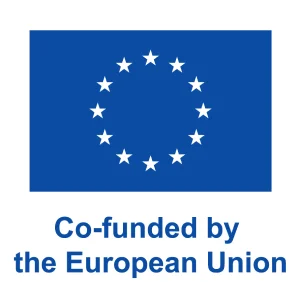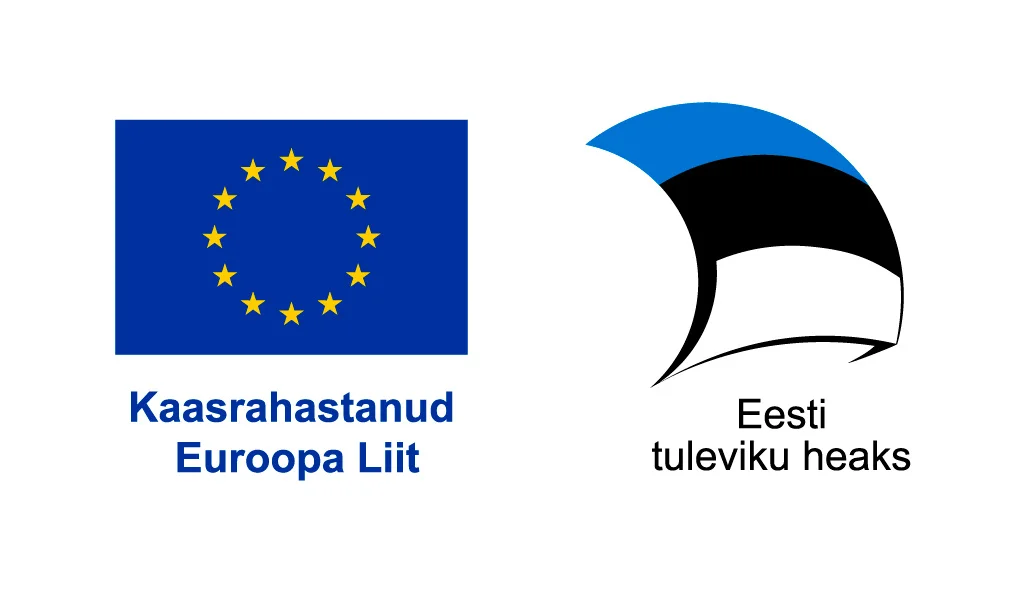A tour of the Kreenholm manufactory helps to feel how large-scale the textile industry once was and raises the question of whether the heyday can really be repeated.
The Kreenholm area is only reachable with a tour or on special events. From May to the end of October, the Narva Museum organizes guided walks every Sunday at 12 noon. Low season you can visit Kreenholm manufactory advance in order.

„There was no equal in Russia or Europe to this mammoth company with more than ten thousand workers operating between the foaming waterfalls of Narva. Although the machines no longer work at Kreenholm, the former workshops are empty and even the Narva waterfalls are open only a few times a year, industrial architecture of Kreenholm still fascinates,“ promises the Narva Museum, inviting fans of history to a trip which is one-and-a-half-hour long.
The largest and most modern
I have embarked on an excursion where the guide to the other side of the former textile gate was Aili Vester, the chief curator of the Narva Museum. Her first job after high school was at Kreenholm, as for most Narva residents.
The most meaningful stop of the tour is at the old spinning factory, which became the cornerstone in 1857. This is where the history of a manufactory, financed by Russian, English and German capital, began, which lasted for several decades, when Kreenholm was the largest textile factory in all of Europe and the most modern industrial enterprise in the Russian Empire.

„The old spinning factory on Kreenholm Island was the first to be built. It was also the first to be closed in the spring of 2004,“ says Aili Vester in front of a giant house with monotonous and endless rows of windows on its limestone facades. The resignation of the old spinning mill was an opening game for further redundancies and the bankruptcy of a former mammoth company in 2010.
In 2015, I witnessed the discussion of the participants of the Narva Cultural Forum whether this giant building and courtyard abandoned by spinners could ever be filled with beautiful music. At that moment, there seemed to be more skeptics than believers.
In recent years, however, the cultural dream has come true and from time to time concert and theater life is bustling in the yard of the old spinning factory and in the pillar hall. Thus, the ’Station Narva’ urban culture festival and the Narva Opera Days have been held between the factory walls. Julia Savitskaya, the artistic director of the Narva Opera Days, stated that the combination of opera and Kreenholm architecture is of great interest to the audience.
Uncovering the power of music
However, the largest audience has been brought to Kreenholm by the Tartu New Theater, which staged the tragedy of Jaak Joala on Joala Street. Together with the main character, the life of other Soviet super-stars unfolded in the courtyard of the old spinning factory. Raul Oreškin, the former director of the theater, confirmed that Narva was the best place to make the summer performance of ‘The Kremlin Nightingales’.

„When we went to Kreenholm with a show troupe, everyone had a very powerful feeling. No matter how much people have seen Kreenholm in pictures, the emotion on the spot is still very strong. We immediately realized that Varasesaar is the right place. First of all, the street is named Joala. Not after Jaak Joala, but after the manor, but it was still a sign. Secondly, a river flows through it, which Russia occasionally opens with sluices and which has dried up like a riverbed of oblivion. One of Joala’s best-known songs also bore the same name. And when Russia „closed the locks“ to Jaak Joala, his star waned.“
Märt Avandi, who played Jaak Joala, admitted that he got to Kreenholm for the first time thanks to the production and was completely dazed. „It was gloomy, too, but powerful. We were told about the history of Kreenholm, how it used to be a city in its own right, a country in a country, with its own hospital and culture house. What you see there now suggests that it might have been so.“
Indeed, the town of Kreenholm Manufactory was built according to more advanced industrial settlements in England, and it strived for an ideal model of society in which the material and spiritual needs of its workers were met at maximum. The settlement had its own school and kindergarten, Lutheran and Russian Apostolic Orthodox churches, shops and even a detention center.
Emphasis was also placed on the architecture of the buildings and the historic style became pervasive. One historicist villa, built as a residence for Kreenholm’s technical director John Carr and known to the people of Narva as the later Kreenholm House of Culture and Library, has gained new life as a nest of creative people – an international art residency.
Harnessing the spirit of life
From the island of Kreenholm, you can also throw a glance across the riverbed to Russia, where there are old linen and spinning factories. They leave an abandoned and ghostly impression. At least Kreenholm is harnessing the spirit of life.

The Swedish owners of the manufactory, Narva Gate Ltd., have ambitious plans for this 30-hectare area. All Soviet-era buildings have now been demolished, leaving only historic heritage sites. In the future, this derelict quarter can be given a whole new lease of life if it manages to turn the border town into a new and attractive center with residential, entertainment and cultural facilities, a conference center, hotels and commercial establishments.
When all this happens is a million-dollar question, but the first swallows of new energy have already flown or on the way. Anyway, the Kreenholm textile world is expected to be completed. The old cotton warehouse complex should become an exciting tourist attraction, opening up the history of the manufactory and textile-related topics. There should also be an overview of Kreenholm’s huge production through ages.
„The textile visitor center will give another impetus to the development of the Kreenholm area. If we can move this ship, all kinds of fish will start swimming there and everyone will benefit from that,“ says Jaanus Mikk, CEO of Narva Gate Ltd.
SIRLE SOMMER-KALDA,
Journalist, the ’Põhjarannik’ newspaper









